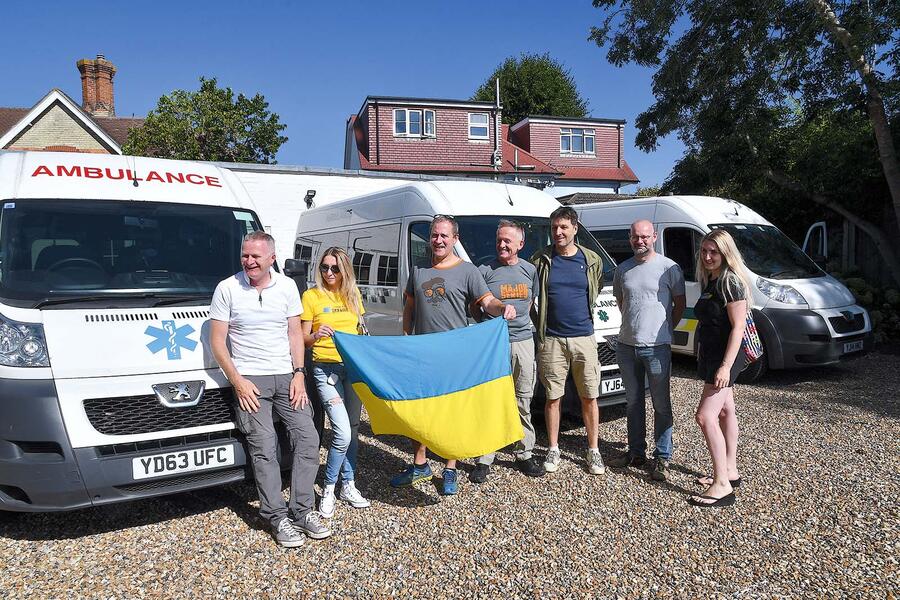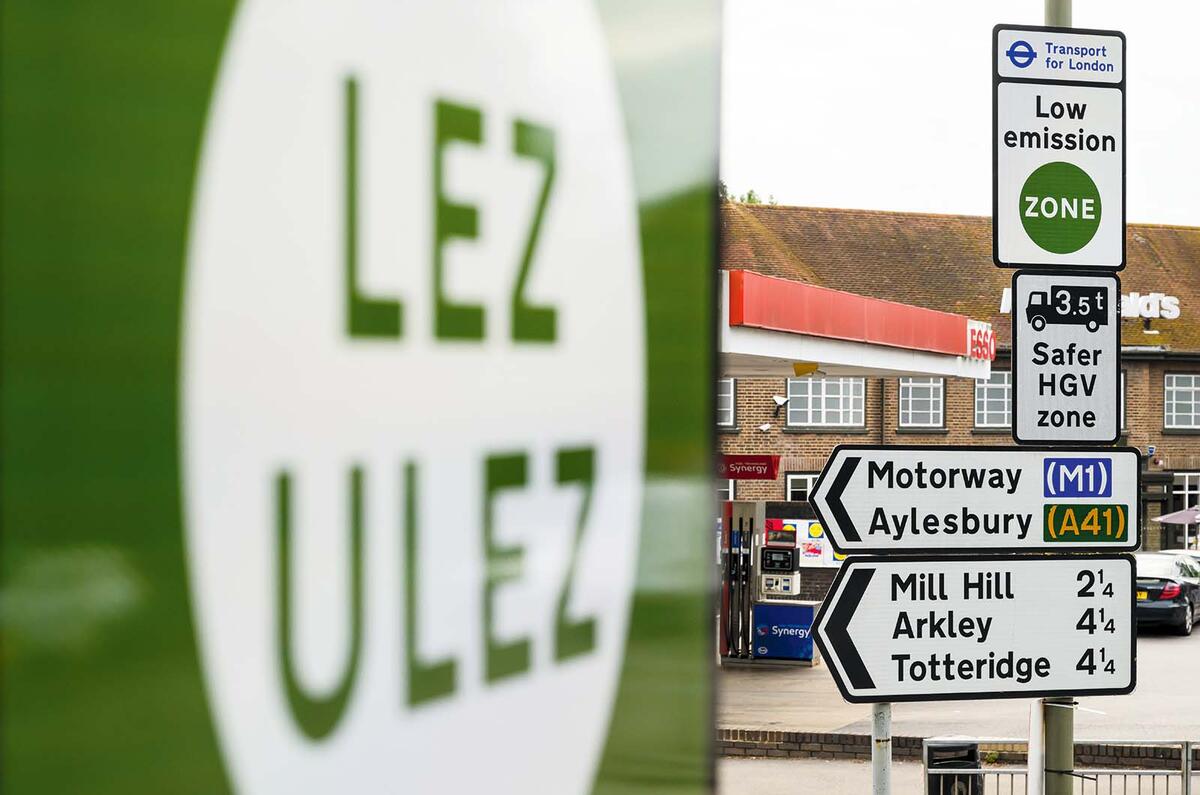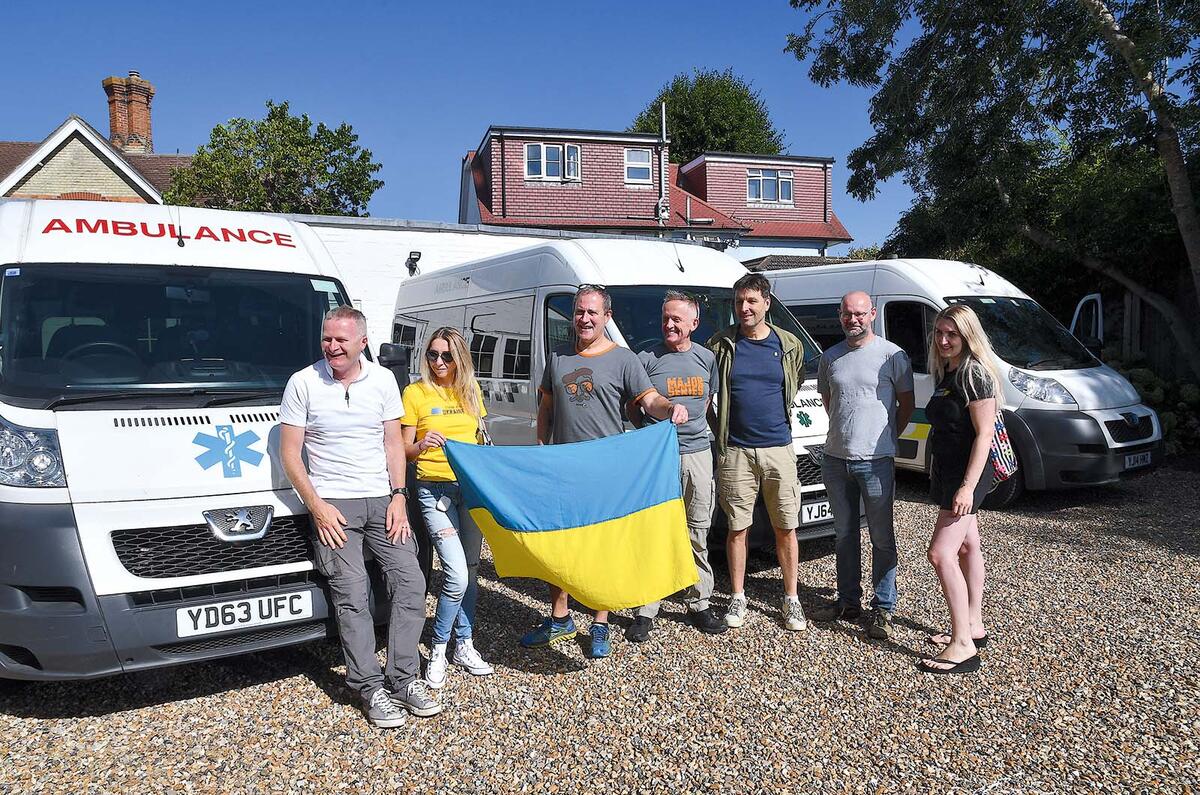Not even scientific studies can reach consensus about how effective central London’s Ultra Low Emission Zone (ULEZ) has been, so it’s no surprise that the expanded version – the world’s largest such zone, which came into operation last week – doesn’t exactly have unanimous backing.
The arguments against – with which I have varying degrees of sympathy – are numerous.
It will make precious little overall difference, given that London’s air quality is improving anyway and more polluting cars will naturally reach the end of their lives soon enough; that nobody especially wants to drive around London but many have few alternatives; that it will disproportionately affect those who can afford it the least, especially shift workers; that if the authorities were really serious about improving air quality, they would ban domestic fireplaces and wood burners, only that can’t be used as a revenue-earner for cash-strapped Transport for London; that as it applies to those who visit Heathrow airport, it’s a tax on holidaymakers to the potential tune of tens of thousands of pounds a day; that applying it to motorcycles is particularly pointless; that if the authorities didn’t want us to drive diesels, they shouldn’t have spent 20 years telling us to; and that ultimately it feels like a cynical attack on personal freedoms.
To that last one, the counter-argument – and it’s also a compelling one – is ‘so you want the freedom to gas babies, do you?’.
There’s truth on both sides, consensus on nothing. Although the ULEZ does seem to be a vote-loser on the London margins, and I note that the protesters vandalising and removing infrastructure (almost 500 cameras, according to the BBC) don’t seem as unpopular as some other recent dissenters. But it’s here.











Join the debate
Add your comment
Sorry, what was that? - Keep these vehicles on the global fleet?
So ULEZ isn't resolving climate change then. Big surprise to nobody.
Scrappage schemes are literally creating additional CO2. They help resolve the publich health crisis of vehicle emissions - fine. But are we not in a climate crisis? 3 people have died directly attributed to emissions in London in the last decade. THREE.
According to protestors millions of lives are at stake, all ULEZ measures which create additional CO2 must be cancelled immediately. Obviously.
Unless it's not really a crisis of course.
Well said Matt. The voice of reason and common sense. I am fortunate to own an EV but not pious enough not to understand that many essential workers cannot afford a lower emission vehicle. It is disgraceful that the Govt actively encouraged drivers to buy diesels and that perfectly good vehicles less than 8 years old are now deemed to polluting to escape the extended ULEZ charge. At the very least Khan should have given 2 or 3 years advance notice or provided a mechanism for exemption.
How about no scrappage scheme and the goverment and Kham stop spending other people's money for once?
ULEZ is utterly pointless at a time the population of London is still exploding from unmanaged and illegal immigration. Perhaps if Khan tempered his support for that to cap and reduce the population, traffic and pollution will fall naturally. But then, it's all adding to his voter base, so that's not likely, is it?
And there speaks the voice of reason .how? how would your solution help?as you said pollution is going down so let's not bother and it'll sort itself out, what about the future generations, not want there start on life to be healthier?, there's faults on both sides, the people who tell on public transport for work, maybe they should get a discount on work travel?, maybe create more travel options for all city dwellers?, nearly everyone who reply's to these kind of posts blames the governments the councils, must be like trying do push water uphill.
Maybe themselves?, we're all too busy to commit even if we do care.
Explain why people who didn't develop or introduce the policies and regulations should blame themselves for the policies and regulations.